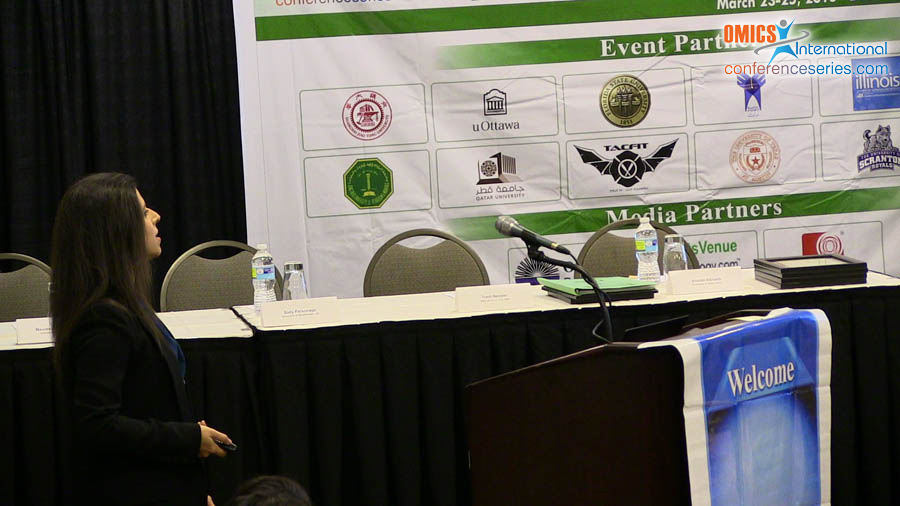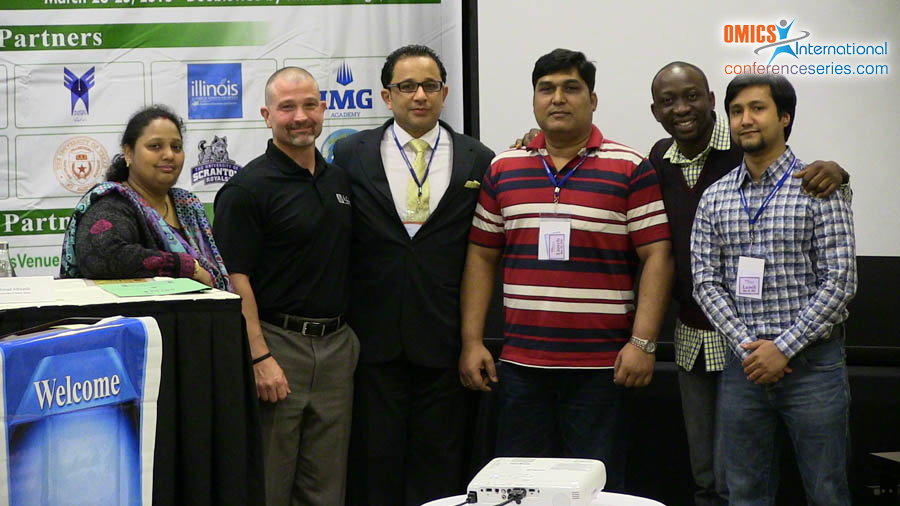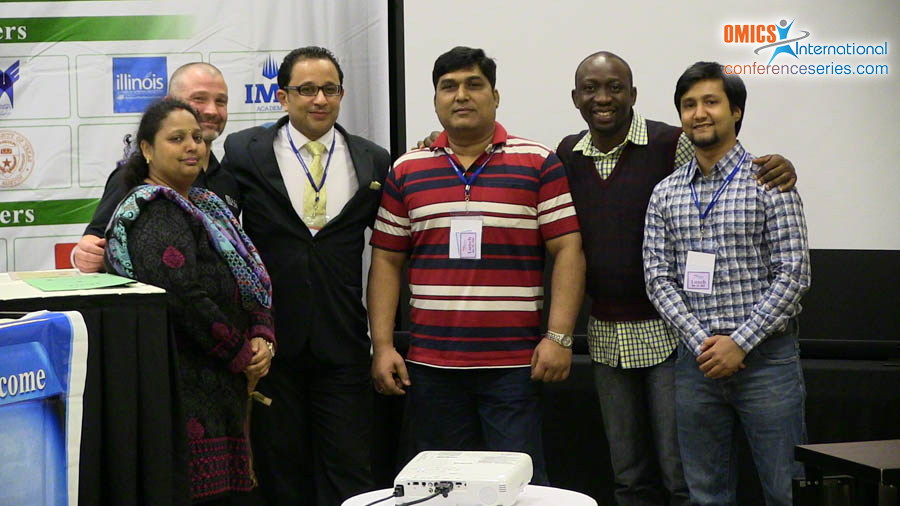
Lina Majed
Qatar University, Qatar
Title: Studying movement reorganization when learning a whole-body action: Example of learning a constrained gait pattern
Biography
Biography: Lina Majed
Abstract
In order to better understand the process of learning a complex motor skill, an effort was done to identify principles of movement reorganization. However, many studies refuted the existence of generalized invariant “strategies” for mastering the redundant degrees of freedom and emphasized the importance of the constraints especially those linked to the task itself. We aimed to identify common characteristics in movement reorganization when 7 participants practiced (4 sessions) a new gait pattern at speeds higher than that of the preferred walk-to-run transition by placing biomechanical constraints on distal lower joints (i.e. racewalking regulations). Movement analysis was performed on kinematic variables computed from a whole-body model (VICON). First, using ANOVAs we assessed practice-related changes in spatiotemporal parameters, angular displacements and relative phases (inter-/intra-limb coordination). Results indicated an immediate reorganization incoordinative patterns (e.g., relative phases and stride frequency) accompanied by a general decrease in the initial movement variability (i.e., standard deviation of many key variables). However, the large number of studied variables made it difficult to put forward common “strategies” used by participants. Second, we ran principal component analyses (PCA) on 8 major angular displacement variables for all participants, trials and sessions. PCA were used to evaluate the coupling in the motion of body segments that synchronize in different components (dimensions), each believed to be controlled by the CNS as one unit. Results indicated that the majority of participants immediately recruited an additional task-specific control dimension compared to normal walking. Moreover, this analysis revealed a gradual synchronization of the knee joint motion with that of the early established pelvis transverse plane rotation.



